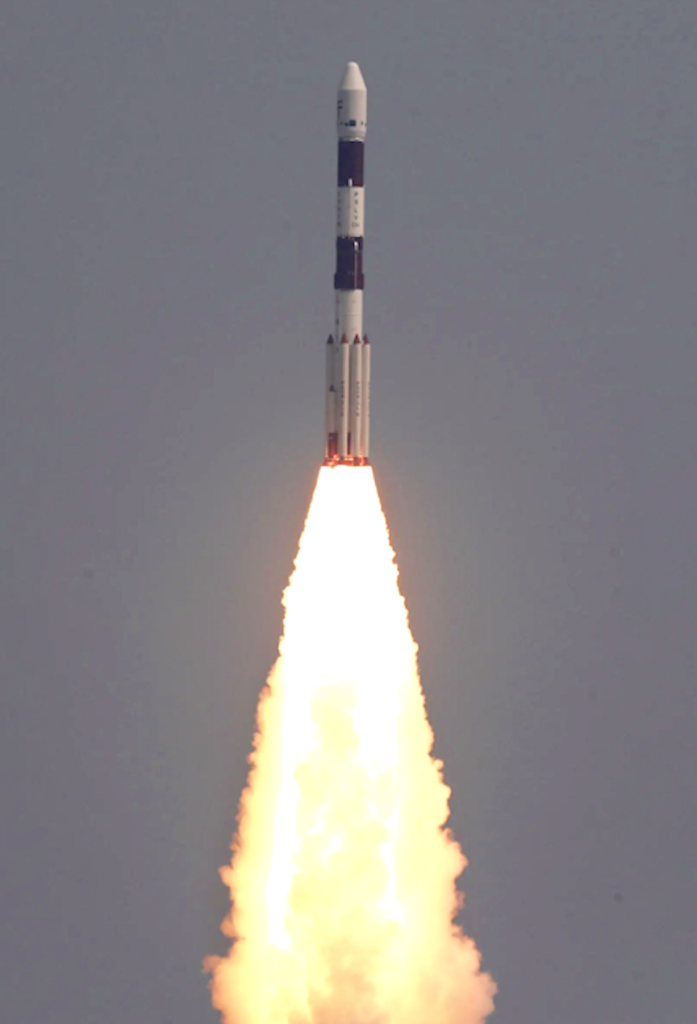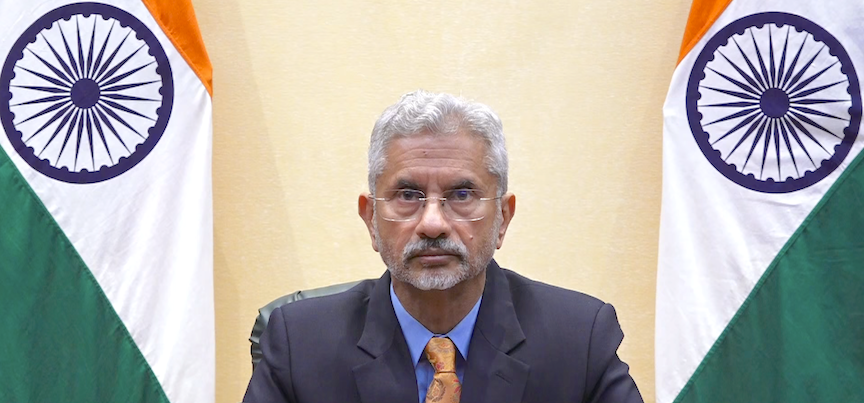
ISRO’s work horse, PSLV-C54, successfully launched EOS-06 satellite along with Eight Nano-satellites into two different SSPOs. The mission was accomplished from Satish Dhawan Space Center SHAR on 26th November 2022.
EOS-06 is the third generation satellite in the Oceansat series that provides continued services of Oceansat-2 with enhanced payload capability. The satellite onboard carries four important payloads. Ocean Color Monitor (OCM-3), Sea Surface Temperature Monitor (SSTM), Ku-Band Scatterometer (SCAT-3), ARGOS.
The Oceansat-2 which was a launched in September 2009 configured to cover global oceans and provide continuity of ocean color data with global wind vector and characterization of lower atmosphere and ionosphere. The mission resulted in many research collaborations nationally and internationally on various areas of global chlorophyll distribution, Kd 490 distribution, ocean color images, oil spillages, wind vector products.
The EOS-06 is planned to observe ocean color data, sea surface temperature and wind vector data to use in oceanography, climatic and meteorological applications. The satellite also supports value added products such as potential fishing zone using chlorophyll, SST and wind speed and land based geophysical parameters.
The Primary satellite (EOS-06) has been separated in Orbit-1. The satellite launch was witnessed by Secretary, MOES Dr. M. Ravichandran and Secretary, DBT Dr. Rajesh Gokhale.

Subsequently Orbit was changed by using two Orbit Change Thrusters (OCTs) introduced in the Propulsion Bay Ring of the PSLV-C54 Vehicle. Later all the seven commercial satellites from NSIL were deployed successfully.
Astrocast is a 3U spacecraft with 4 nos. of Satellites from Spaceflight Inc, USA, were separated subsequently.

The Thybolt is a 0.5U spacecraft bus that includes a communication payload to enable rapid technology demonstration and constellation development for multiple users from Dhruva Space using their own Orbital Deployer with a minimum lifetime of 1 year, was deployed in the intended orbit.
The Anand three axis stabilized Nano satellite is a technology demonstrator for miniaturized electro-optical payload and all other sub-systems like TTC, power, onboard computer and ADCS from Pixxel, India was also placed in the orbit successfully

INDIA-BHUTAN SAT, a collaborative mission between India and Bhutan, is INS-2B satellite for Bhutan with two payloads. NanoMx, a multispectral optical imaging payload developed by Space Applications Center (SAC) and APRS-Digipeater which is jointly developed by DITT-Bhutan and URSC was successfully deployed.
Sri S Somanath, Secretary, Department of Space / Chairman, ISRO described the launch as a perfect text book launch and congratulated the ISRO team, NSIL, Industry, and customer for the fabulous achievement.

Later External Affairs Minister Dr. S Jaishanker addressed the nation and applauded the efforts put in by ISRO and Bhutan scientists for this mission which will mark the extended co-operation in space between the two countries under the leadership of Hon’ble Prime Minister Shri Narendra Modi. He also recalled the inauguration of ground Earth station established by ISRO for the south Asia satellite, jointly by both the countries, during the visit of Hon’ble Prime Minister Sri Narendra Modi during 2019.
Minister of Information and Communications, Royal Government of Bhutan addressed the community and expressed his full satisfaction with the launch and effort taken by ISRO and Bhutan teams.
All the users from Dhruva Aerospace, Pixxel India were present in the launch.
Some of the major sub-systems of the satellite were supplied by Indian Industry; Ananth Technologies, Newtech, Centum, Cosmos, DataPatterns, HAL , and PARAS Defence limited.
The live launch was witnessed by 10,342 people from the open view gallery at SDSC SHAR, Sriharikota.
